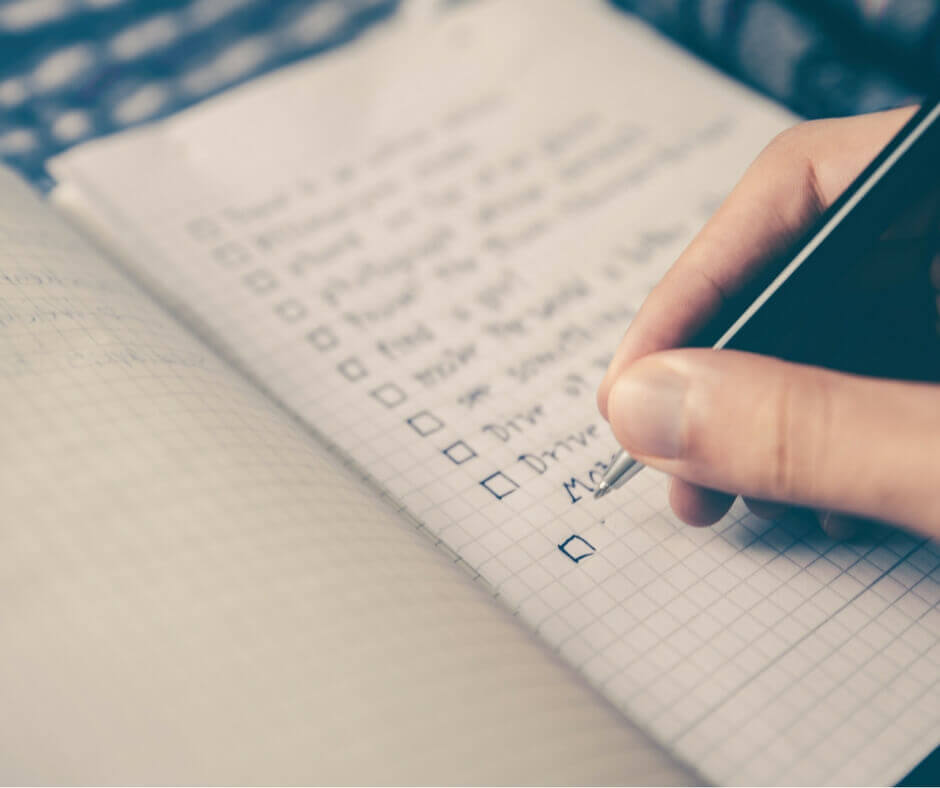ADHD daily routine is essential to anyone diagnosed with ADHD themselves or who has a child with ADHD. Daily routines provide a framework on which your life and processes can run more smoothly.
Although, as we all know, not everything always goes as planned. Still, it’s always much better to have a plan than not.
If you are new to building a routine, what should you include in it? Just like planning a travel itinerary, there are some essentials that you just shouldn’t leave out (like sunscreen when going to the beach). For building an effective ADHD daily routine, always be sure to include these 3 things.
Start the Day off Right: Have a Morning Plan
A successful ADHD daily routine naturally must start with your morning plan. It’s important to have a morning plan because if you fail to start your day right, the rest of your day will most likely suffer. Morning routines for ADHD children can be especially important, but everyone needs to start their day off well.
How do you do that, though? Well, start will waking up at the same time each day. Stanford University indicates that it is more important for your body to get up at the same time each morning than it is to go to sleep at the same time each night. Getting up at the same time every morning is a fundamental aspect of good sleep hygiene. It should also be an important aspect of your morning plan.
Additionally, to have a successful morning plan, you should focus on preparing for your day ahead. This means limiting distractions as much as possible.
Cut out screen time in the mornings. You don’t need to check your email or Facebook before going into the office. These activities tend to drain your energies rather than prepare you for the day.
Eat a good breakfast. Do a quick exercise or two, and get out the door. This will also ensure you start off the day on the positive side and keep your focus and attention at peek levels throughout the day.
In short your morning plan should look like this: get up at the same time, avoid distractions, eat, exercise and go.
Keep the Day Moving Along: Don’t Get Bogged Down
You have made it out the door and to work, and hopefully on time, what now? Now, you need to move on to the next phase of your ADHD daily routine: your work or school schedule.
To start building an effective work day routine, refer to helpful guides on how ADHD adults can succeed at work. Many of these resources will hit upon the same concepts. They will include being sure to pay attention to the time and being sure to eliminate distractions.
What about the routine, though? For routine, you want to orient your activities around the above focus areas. Pay attention to the time by building in stop moments to pause and collect your thoughts.
These can be every one or two hours. Set a timer or make a note, but once every few hours take a moment to pause and be sure you are staying on task. Taking short breaks is key for managing adult ADHD at work.
Build your routine to eliminate distractions by keeping your calendar and email in order. Part of your ADHD daily routine at work should be checking and organizing your calendar in the morning and afternoon. From understanding how the ADHD brain works, you should know that calendars are not the easiest thing to tackle for FastBraiiners.
Don’t let this discourage you. You should make a routine of always reviewing your upcoming appointments once in the morning and once in the afternoon. Look for conflicts and make sure you don’t miss anything.
The same goes for email. Your work routine should involve cleaning up your email in the morning and the afternoon to remove as many distractions as possible. Be sure to flag or respond to all important emails as you can and delete ones that aren’t important.
End the Day Well: Reflect And Retool
The last key element of a successful ADHD daily routine is wrapping up the day well. To end your day well, you need to build in a routine of reflection. In our day of speed, the critical rhythm of reflection is often lost.
Reflecting is nothing more than intentionally reviewing the past. Another word for reflection can be meditation or mindful awareness. Studies have shown that mindful awareness does have a positive effect on helping ADHD symptoms.
How did the day go? Did you experience positive or negative emotions? What were the triggers for these experiences? What did you learn and how might you need to change moving forward?
Are your rhythms helping you reach your goals?
Allow yourself to experiment, to try things out, and even to fail at times (see failure as a learning opportunity).
Then retool.
What could you adjust to make your rhythms more efficient or more productive? How can you do it better next time?
Try to have a set point in your schedule to reflect and retool. Instead of just hoping it happens, or doing it on the fly, reflection should be one of the routines you establish. Have a daily, weekly, monthly, and even a yearly rhythm of reflecting and retooling.
Build and Stick With an Effective ADHD Daily Routine
We hope that reading this article has helped encourage you to have an ADHD daily routine. Having routines and rhythms in your life can help to limit the impact of ADHD and stress.
In some ways, navigating your day can be compared with navigating your vacation. Having an itinerary for your next vacation might not mean that you won’t get off schedule. Rather, it will help provide an overall schedule, and help you get back on schedule, back on focus, faster, if you do wander off the beaten path.
The same thing is true for having an ADHD daily routine. Having a routine doesn’t mean you will or can always follow it. Life happens, and life circumstances don’t always follow a routine. Still having a routine helps you get back on track faster and helps you find your focus sooner than otherwise.




